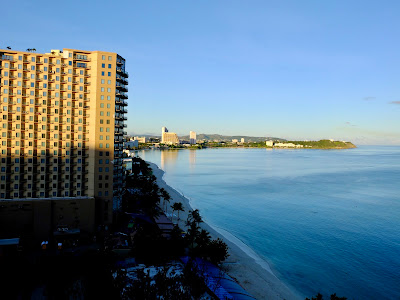Here I am somewhere in Moscow, sitting on a street-side bench seat in the leafy shade of an English oak tree. A promenade of well groomed pedestrians meander across my field of vision. Some stepping with apparent purpose, others engaged in conversation, laughing and happy. They’re people visibly and culturally identical to me. Then there’s the never ending procession of patient vehicle traffic. Without horn honking, vehicles appear to move to a disciplined routine, but whatever that was, I was unable to discern a repeatable pattern. However, perhaps I was being distracted by the number of exotic vehicle makes and models. Rolls Royce, Bentleys and Range Rovers were common place.
The lyrics and music of that famous Scorpions song; “The winds of change”, echoed within me. First performed back in the nineties by the memorable German rock group, the iconic song was a tribute to the changes in Russia that occurred as the Communist era collapsed. Those who know me will realise this is my third lengthy aeroplane foray deep into the vast lands of Russia and yet I still don’t understand what it is I am looking at and experiencing.
Last evening, myself and Bob dinned while cruising on the Moskva River. We were hosted by Pavel, a Russian light aircraft pilot and fellow Earthrounder. As the boat slid along the river, down to Gorky Park, we traversed a thousand years of history interspersed with twenty-first century glass grandeur. The three way conversation, like the winds of change, was notably illuminating. A former redundant mining engineer under the old Soviet system, Pavel nowadays owns and operates a global business exporting needle craft notions to fifty six different countries. A true startup entrepreneur, his private enterprise success story can be uncovered in various forms many times around the girth of Russia. Perhaps my inability to read the pulse of Russia is because the winds of change are still blowing, or perhaps they’re even intensifying…or could those winds be turning into an icy cold breeze from the north…?





